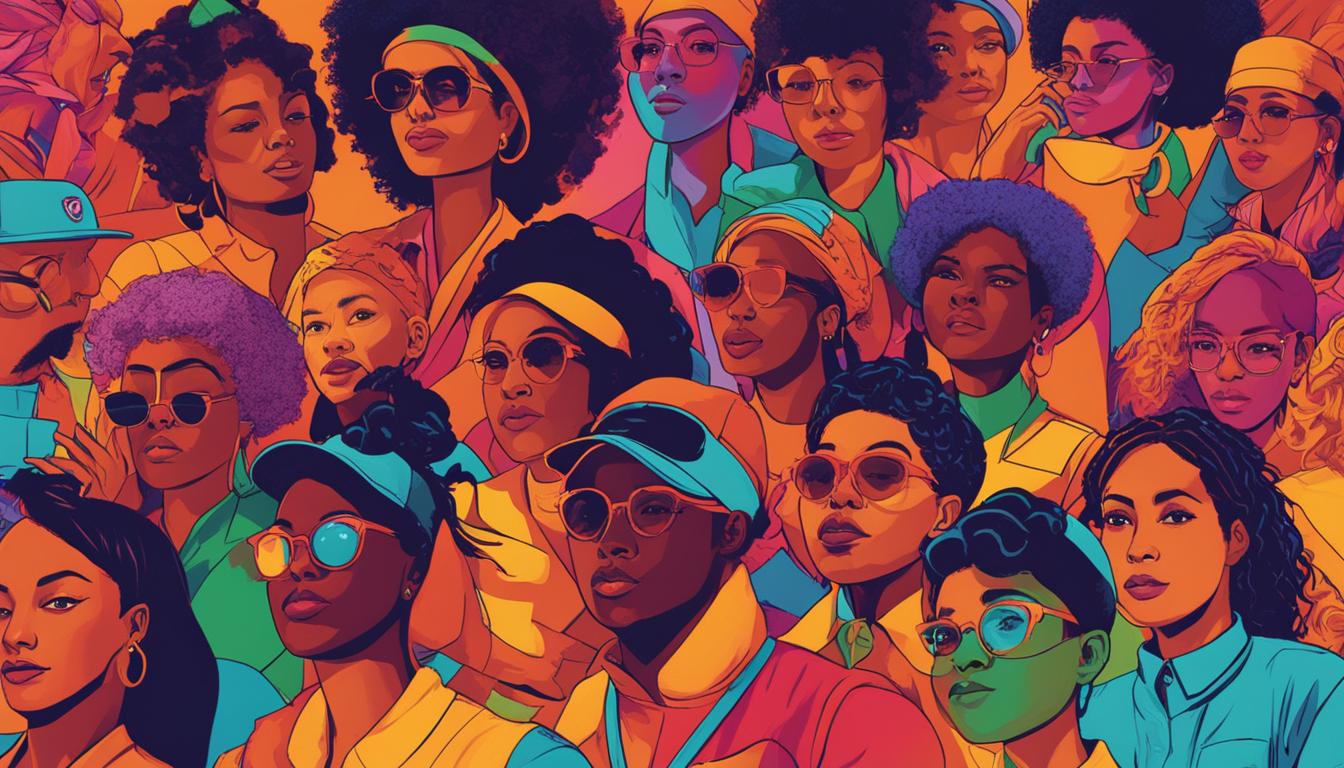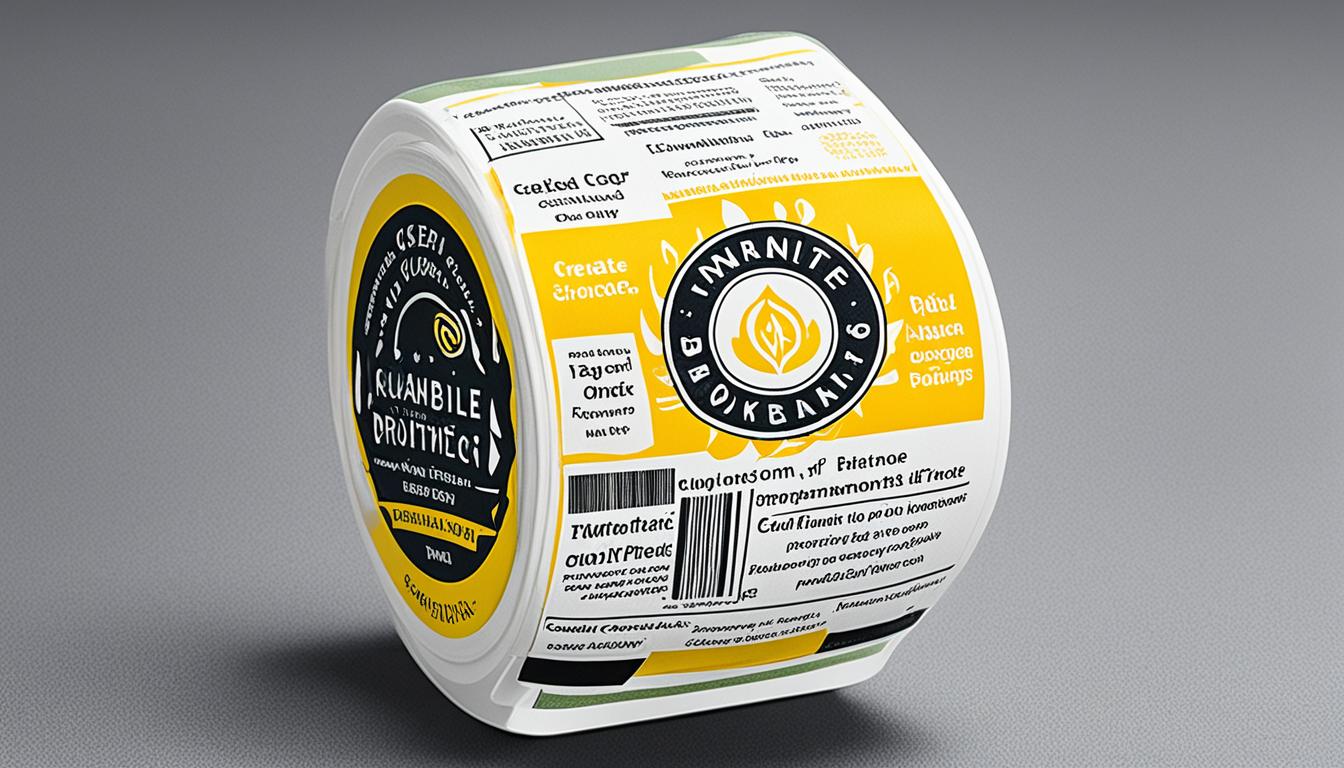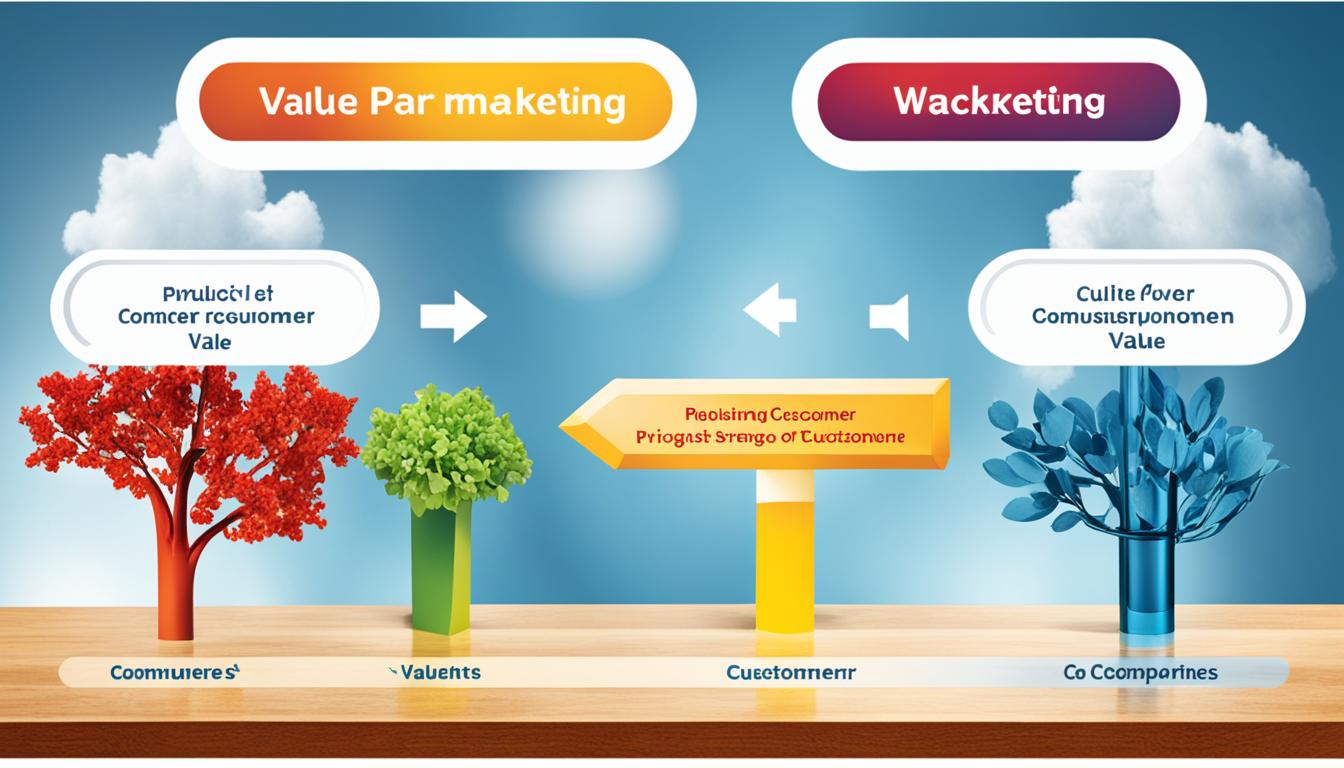The entertainment industry is constantly evolving, and marketers are finding new ways to engage with audiences. One strategy that has gained significant traction is entertainment marketing. But what exactly is entertainment marketing, and how can it benefit your brand?
Entertainment marketing is the practice of promoting a product or brand through entertainment as the primary vehicle for delivering advertising messages. With the rise of social media and the increasing demand for entertaining content, entertainment marketing has become a powerful tool for reaching and engaging audiences.
Today, social media platforms like TikTok have transformed into social entertainment hubs, with short-form videos capturing the attention of millions. In fact, engagement with entertaining content is ten times higher than static social media posts, making audiences more likely to click on and engage with branded content.
As the entertainment industry continues to dominate platforms like TikTok, it’s clear that audiences are shifting their preferences towards entertaining content. This presents a unique opportunity for brands to leverage organic content to entertain and engage their target audience.
Some popular entertainment marketing strategies include product placement, co-branding, and celebrity endorsements. These strategies allow brands to seamlessly integrate their products or services into entertainment content, creating a more immersive and impactful experience for viewers.
Key Takeaways:
- Entertainment marketing is the promotion of a product or brand through entertainment as the primary vehicle for delivering advertising messages.
- Engagement with entertaining content on social media platforms like TikTok is ten times higher than static posts, making it an effective way to reach and engage audiences.
- The entertainment industry is now the top industry on TikTok, indicating a shift in user preferences towards entertainment-based content.
- Popular entertainment marketing strategies include product placement, co-branding, and celebrity endorsements.
- These strategies allow brands to seamlessly integrate their products or services into entertainment content, creating a more immersive experience for viewers.
What is Entertainment Marketing?
Entertainment marketing is the process of promoting a product or brand using entertainment as the primary medium. With the rise of social entertainment, audiences are increasingly using social channels as a source of entertainment, and marketers are taking advantage of this trend by creating entertaining branded content. Short-form videos on social media platforms like TikTok have revolutionized audience engagement, surpassing the engagement levels of static posts. In fact, the entertainment industry, including media and publishing, has become the leading industry on TikTok, highlighting the growing preference for entertainment-based content.
This shift towards social entertainment has opened up new avenues for brands to connect with their target audience. By incorporating entertainment elements into their marketing strategies, brands can capture the attention and engagement of social media users, fostering stronger relationships and driving brand awareness.
Benefits of Entertainment Marketing
Entertainment marketing offers a range of benefits that make it an effective strategy for brands to generate a high return on investment and increase brand awareness. This is particularly true when targeting the cord-cutting audience, who are actively engaged with online video, social media, and video games.
- Increased Brand Exposure: Product placement, a popular form of entertainment marketing, allows brands to reach specific audiences in a natural and non-intrusive way. By seamlessly integrating their products into entertainment content, brands can gain exposure and capture the attention of their target audience.
- Effective Targeting: Entertainment marketing enables brands to tailor their strategies to specific demographics and reach their desired audience more effectively. This targeted approach ensures that marketing efforts are focused on the consumers who are most likely to engage with the brand and convert into customers.
- Ad-Blocking Resistance: Unlike traditional advertising, which can be blocked or ignored by users, entertainment marketing integrates the marketing message seamlessly into the entertainment content. This makes it immune to ad-blocking technologies and increases the chances of the audience engaging with the brand.
- Brand Awareness: By associating their brand with popular entertainment content, brands can enhance their brand awareness and visibility. The integration of the brand into entertaining content allows it to become a part of the audience’s entertainment experience, creating a lasting impression and increasing brand recall.
Overall, entertainment marketing provides brands with a powerful and engaging way to connect with their target audience, generate brand awareness, and drive revenue. It offers unique advantages that traditional advertising methods lack, making it a valuable strategy in today’s digital landscape.
Advertising vs. Entertainment Marketing
While advertising and entertainment marketing share similarities, entertainment marketing is distinct in its subtlety and content integration. Unlike traditional advertising that relies on paid placements and one-way messages, entertainment marketing focuses on understanding and meeting audience needs through various strategies. By leveraging earned, shared, and owned channels, entertainment marketing effectively reaches the target audience in a more engaging manner.
Product Placement
One popular form of entertainment marketing is product placement, where brands’ products are seamlessly integrated into movies, TV shows, or games. This strategy allows brands to reach a captive audience by visually showcasing their products within the entertainment content. Whether it’s a character using a specific brand of smartphone or a car prominently featured in a high-speed chase, product placement creates brand awareness and association through subtle exposure.
Brand Integration
Brand integration takes entertainment marketing a step further by incorporating the brand into the actual plot of the entertainment content. This deep integration allows the brand to become an essential part of the storyline, creating a more immersive experience for the audience. Whether it’s a brand’s product becoming crucial to the main character’s journey or a TV show highlighting a specific brand’s values, brand integration forms a strong association between the brand and the entertainment content.
Co-promotion
In addition to product placement and brand integration, co-promotion is another effective entertainment marketing strategy. It involves mutually beneficial partnerships between brands, where they collaborate to promote each other’s products or services. Co-promotion allows brands to tap into each other’s customer base and leverage the power of combined resources. Whether it’s a cross-promotion between a movie release and a fast-food chain or a collaboration between a popular video game and a sports apparel brand, co-promotion expands reach and generates interest.
Overall, entertainment marketing offers brands a more integrated and engaging approach to connect with their target audience. Through product placement, brand integration, and co-promotion, brands can leverage the power of entertainment to create lasting impressions and drive their marketing objectives.
Product Placement
Product placement is a popular form of entertainment marketing that allows brands to showcase their products prominently in movies, TV shows, or games. This strategy capitalizes on the visual appeal and immersive nature of entertainment content to seamlessly integrate brands and their products.
Visual Product Placement
Visual product placement involves the actual product being visible on screen during a scene. This can range from a character using a specific smartphone or wearing a particular brand of clothing to a can of soda prominently displayed on a coffee table. By strategically placing products in the visual frame, brands can generate brand awareness and create a subconscious association between the product and the entertainment content.
Verbal Placement
Verbal placement refers to characters mentioning a brand’s name or specific product within the dialogue of a movie, TV show, or game. This form of product placement can be more explicit and draw attention to the brand or product. By incorporating the brand’s name into the script, marketers aim to create a memorable connection between the brand and the entertainment experience.
Signage Placement
Signage placement involves the display of a brand’s name or logo within the entertainment content. This could include billboards, posters, or digital displays featuring the brand’s visual identity. Signage placement allows brands to reach a wide audience and reinforce brand recognition. By integrating signage into the entertainment environment, brands can establish a presence that aligns with the overall narrative.
Product placement has proven to be an effective entertainment marketing strategy as it seamlessly integrates brands into the entertainment experience. It allows brands to leverage the popularity and influence of entertainment content to generate brand visibility, create positive associations, and reach a broad audience.
| Benefits of Product Placement | Examples |
|---|---|
| Increased brand visibility |
|
| Subconscious brand association |
|
| Enhanced brand recognition |
|
Brand Integration
Brand integration takes entertainment marketing to another level by seamlessly blending the brand into the storyline of the entertainment content. In this approach, the brand’s product or service becomes an essential part of the plot, making it inseparable from the overall narrative. This creates a deep brand integration that immerses the audience and delivers a more impactful experience.
Unlike product placement, where the brand is merely featured within the content, brand integration ensures that the brand’s presence is integral to the plot’s development. It goes beyond simply showcasing the brand and aims to create a cohesive connection between the brand message and the story being told. Through brand integration, the audience forms a natural association between the brand and the entertainment experience, leading to a stronger emotional connection and brand recall.
Brand integration often involves collaborations between the entertainment producer and the brand to develop co-branded content. The partnership not only enhances the creative potential but also allows both parties to promote each other’s brand. By leveraging the popularity of the entertainment content, brands can reach a wider audience and amplify their brand message.
For example, in the movie “Marvel’s The Avengers,” the superhero team prominently uses Acura vehicles throughout the film. The integration of Acura into the storyline showcases how the brand’s vehicles are essential to the characters’ missions, reinforcing the association between Acura’s performance and the action-packed nature of the film. This deep brand integration creates a memorable impression that lingers with the audience long after they leave the theater.
Example of Brand Integration
To further illustrate the concept, consider the following example:
| Entertainment Content | Brand Integration |
|---|---|
 |
The popular TV show “Stranger Things” showcases a deep brand integration with Coca-Cola. In the show’s third season, the brand’s iconic “New Coke” makes an appearance, which becomes an essential plot point. The characters’ obsession with the new beverage plays a crucial role in the development of the storyline, reflecting the cultural significance of Coca-Cola during that time period. This integration not only strengthens the immersive experience for the audience but also creates a nostalgic connection between the brand and the show’s 1980s setting. |
Co-Promotion
Co-promotion is a powerful entertainment marketing strategy that fosters mutual promotion and strategic partnerships between brands. By collaborating with each other, brands can capitalize on their shared goals and reach a wider audience, resulting in increased exposure and brand awareness.
One effective method of co-promotion is through co-branding, where two brands work together to create joint marketing campaigns. This type of collaboration allows for the integration of both brand identities and resources, leading to a more impactful and engaging campaign.
Strategic partnerships play a vital role in co-promotion, as they enable brands to access each other’s audiences and leverage their combined marketing efforts. These partnerships often involve cross-promotion between different media and brands within the entertainment industry, maximizing visibility and generating interest.
Co-promotion is highly advantageous in the entertainment industry due to its ability to harness the power of collaboration. By mutually promoting and supporting one another, brands can amplify their message, expand their reach, and create a more compelling marketing presence.
Examples of Effective Entertainment Marketing Strategies
There are numerous examples of effective entertainment marketing strategies that have successfully captivated audiences and enhanced brand awareness. Let’s explore some notable examples:
Product Placement: Ray-Ban in “Top Gun”
One prominent example of product placement is the appearance of Ray-Ban sunglasses in the iconic movie “Top Gun.” This strategic collaboration significantly increased brand exposure and association with the film’s charismatic characters. The on-screen presence of Ray-Ban sunglasses not only showcased the brand’s stylish eyewear but also established a strong connection with the movie’s action-packed and adventurous narrative.
Co-Branding Partnership: BMW and Louis Vuitton
An excellent example of co-branding is the partnership between luxury car manufacturer BMW and renowned fashion brand Louis Vuitton. This collaboration appeals to a shared target audience that appreciates both high-end automotive and fashion experiences. Through joint marketing campaigns and co-branded content, BMW and Louis Vuitton reinforce each other’s brand image and promote a luxurious and sophisticated lifestyle.
Celebrity Endorsements: Doja Cat and JBL

Doja Cat’s collaboration with JBL speakers is an excellent example of leveraging celebrity endorsements in entertainment marketing. By partnering with an influential and popular artist like Doja Cat, JBL effectively taps into her social capital to reach a wider audience. The combination of Doja Cat’s music and JBL’s audio technology creates a unique and engaging campaign that resonates with music lovers and amplifies brand visibility.
These examples showcase how entertainment marketing strategies, such as product placement, co-branding, and celebrity endorsements, can successfully promote brands by integrating them into the entertainment experience. By leveraging the power of entertainment and collaborating with relevant partners, brands can create memorable and impactful marketing campaigns.
| Entertainment Marketing Strategy | Example |
|---|---|
| Product Placement | Ray-Ban sunglasses in “Top Gun” |
| Co-Branding Partnership | BMW and Louis Vuitton |
| Celebrity Endorsements | Doja Cat and JBL |
Determining the Most Effective Marketing Strategy for Your Brand
The success of your entertainment marketing strategy relies on understanding your target audience and aligning your approach with your marketing goals. By considering factors such as your audience demographics, interests, and preferences, you can choose the most effective strategies that resonate with them.
Celebrity endorsements can provide social proof and credibility for your brand. Collaborating with well-known figures who align with your brand values can help attract consumers and build trust. Celebrity influencers have a strong influence on their followers and can significantly impact brand perception and engagement.
Co-branding with a related but distinct brand can be a powerful strategy for associating your brand with a specific lifestyle or industry. By partnering with a brand that complements yours, you can leverage their audience and tap into new market segments. This association not only enhances brand awareness but also establishes a strong sense of identity and connection.
Product placement remains a tried-and-true strategy for building brand awareness. By strategically integrating your products into entertainment content, you can expose your brand to a wide audience without the need for traditional advertising. Visual product placement, verbal mentions, and signage placement can all be effective approaches, depending on the context and objectives.
To determine the most effective marketing strategy for your brand, it’s crucial to conduct comprehensive audience research and analysis. Understanding your target audience’s preferences, interests, and behaviors will guide you in creating entertaining and engaging content that resonates with them. By establishing a strong connection with your audience, you can enhance brand loyalty and drive positive business outcomes.
| Strategy | Description | Benefits |
|---|---|---|
| Celebrity Endorsements | Collaborating with influential personalities to promote your brand. | – Social proof and credibility – Increased brand awareness – Enhanced audience engagement |
| Co-branding | Partnering with another brand to create joint marketing campaigns. | – Association with a specific lifestyle or industry – Expanded reach and audience – Cross-promotion opportunities |
| Product Placement | Integrating your products within entertainment content. | – Subtle brand exposure – Seamless integration – Increased brand recognition |
By considering your target audience, social proof strategies, and the association of your brand with fun and a relevant industry, you can determine the most effective marketing strategy that aligns with your brand identity and goals.
Media and Entertainment Industry Marketing with Dash Hudson
Dash Hudson is a premier tool for media and entertainment industry marketing. It offers strategic insights into social media performance, enabling brands to optimize their entertainment marketing strategies for success. One of the key features of Dash Hudson is its ability to provide TikTok benchmarks, allowing brands to gauge the performance of their TikTok campaigns and compare them to industry standards.
With customizable dashboards and powerful analytics, Dash Hudson helps brands monitor their social media performance across various platforms. It provides data-driven insights on audience engagement, reach, and brand awareness, allowing brands to make informed decisions and refine their marketing strategies.
Dash Hudson’s tools for managing organic social media campaigns enable brands to create and schedule content, track performance, and engage with their audience efficiently. By leveraging data and analytics, brands can identify the most effective content and optimize their campaigns for maximum impact.
Key Features of Dash Hudson
- Deep insights into social media performance
- Comparative TikTok benchmarks
- Customizable dashboards and analytics
- Tools for managing organic social media campaigns
- Data-driven decision-making
By using Dash Hudson, brands in the media and entertainment industry can stay ahead of the competition and effectively navigate the social entertainment era. Whether it’s analyzing TikTok campaigns, monitoring social media performance, or optimizing content strategies, Dash Hudson provides the strategic insights and tools needed to achieve social media success.
| Benefits of Dash Hudson | How Dash Hudson Helps |
|---|---|
| Access to comprehensive social media data | Customizable dashboards and analytics provide deep insights into social media performance |
| Track social media benchmarks and industry standards | TikTok benchmarks allow brands to gauge the performance of their TikTok campaigns |
| Create and schedule content efficiently | Tools for managing organic social media campaigns optimize content creation and scheduling |
| Engage with the audience effectively | Data-driven decision-making helps brands understand their audience and engage with them more effectively |
Conclusion
Entertainment marketing offers a multitude of effective strategies for brands to generate brand awareness and engage their target audience. Through tactics such as product placement, brand integration, and co-promotion, brands can leverage the power of entertainment media to connect with consumers and leave a lasting impression. By understanding the preferences of their target audience and aligning their marketing strategies accordingly, brands can significantly enhance the effectiveness of their entertainment marketing campaigns.
One of the key advantages of entertainment marketing is its ability to captivate audiences and drive revenue. By seamlessly integrating marketing messages into entertaining content, brands can create a more engaging and enjoyable experience for consumers. This not only increases brand awareness but also fosters positive associations and emotional connections with the brand. As a result, consumers are more likely to remember the brand and make purchasing decisions based on these positive associations.
Moreover, entertainment marketing allows brands to tap into the power of popular culture and leverage the influence of celebrities or influencers. By partnering with well-known personalities, brands can expand their reach and tap into existing fan bases. Celebrity endorsements and collaborations can provide social proof and credibility, further enhancing brand awareness and consumer trust.
In conclusion, entertainment marketing offers a wealth of effective strategies for brands to achieve their marketing goals. By harnessing the power of entertainment media and understanding their target audience, brands can create impactful and memorable campaigns that drive brand awareness, engagement, and ultimately, revenue.
FAQ
What is entertainment marketing?
Entertainment marketing is the promotion of a product or brand through entertainment as the primary vehicle for delivering advertising messages.
How does entertainment marketing leverage social media?
Entertainment marketing leverages social media to reach audiences through entertaining branded content, taking advantage of the high engagement with short-form videos.
What are the benefits of entertainment marketing?
Entertainment marketing offers a high return on investment, reaches the cord-cutting audience, and seamlessly integrates marketing messages into entertainment content.
How is advertising different from entertainment marketing?
Advertising consists of paid placements that deliver one-way messages to an audience, while entertainment marketing focuses on meeting audience needs through subtle content integration.
What is product placement?
Product placement is a popular form of entertainment marketing where brands’ products are prominently featured in movies, TV shows, or games.
How is brand integration different from product placement?
Brand integration involves incorporating the brand into the actual plot of the entertainment content, creating a more immersive experience for the audience.
What is co-promotion?
Co-promotion is a powerful entertainment marketing strategy that involves mutually beneficial partnerships between brands to reach a wider audience.
Can you provide examples of effective entertainment marketing strategies?
Sure! Product placement in “Top Gun,” co-branding partnerships like BMW and Louis Vuitton, and celebrity endorsements like Doja Cat’s collaboration with JBL speakers are all examples of effective strategies.
How can I determine the most effective marketing strategy for my brand?
The most effective entertainment marketing strategy for your brand depends on your target audience and marketing goals, so it’s important to consider factors such as social proof and association with a specific lifestyle or industry.
What are the benefits of using Dash Hudson for media and entertainment industry marketing?
Dash Hudson provides deep insights into social media performance, including TikTok benchmarks, and offers tools for managing organic social media campaigns, helping brands effectively navigate the social entertainment era.
What are some effective strategies for generating brand awareness through entertainment marketing?
By leveraging product placement, brand integration, and co-promotion, brands can create entertaining content that captivates audiences and drives revenue.







